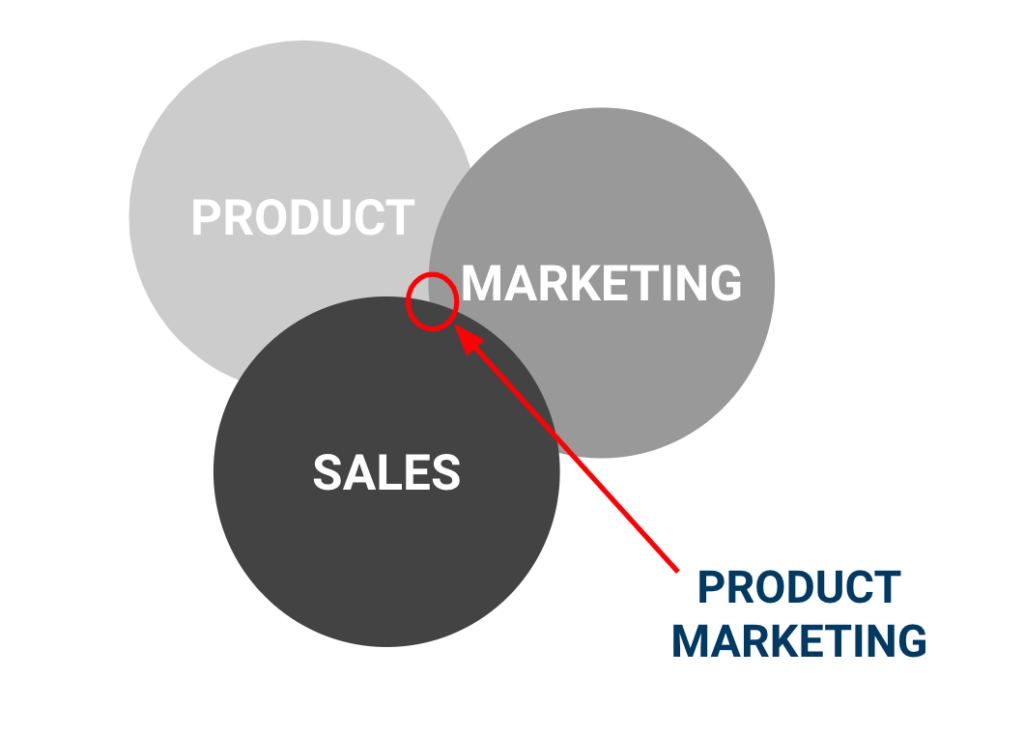
With more commercials being shown on television, it is becoming increasingly important to ask whether advertising to children can affect cognitive development. A study showed that children don't know that celebrities who appear in advertisements are paid to promote specific products. Children are more likely to be influenced by external influences than adults. In fact, according to a recent study by Educational Leadership, children are not even aware that the athletes in these commercials are paid for promoting a product.
Empirical research
Advertising to children and marketing to them has long been considered to have negative impacts on their attitudes and behavior. While advertising can increase consumers' desire for a product, the impact of marketing to children goes beyond promoting a product's features. There is evidence that children below seven are more likely than adults to take advertising claims at face value and not question them. Marketers have therefore been able to make more of this audience to reach their advertising and marketing goals.
A recent study focused on advertising to children. Researchers used a questionnaire to find out that more than half of the respondents believed that advertisements help children make smart consumer decisions. Advertising on children’s television didn't seem to impact young people's perceptions of educational institutions. Advertising on children’s television may not have any adverse effects on young viewers but it might have an effect on the perception of educational establishments.
Product disclosures

Children viewed advertising differently when they saw it through a child-inspired product disclosure. This improved children's ability to recognize advertisements and recall product messages. It also increased their love for brands. Pretest testing for recognition of the child ad revealed that it had a higher positive effect of brand attitude and purchase intentions. This has implications for designing child-inspired product disclosures. Here are some ways advertisers can make product disclosures that are effective.
Advertisers must be cautious about what visuals they use on labels to ensure children have the most accurate product information. You must also provide accurate information about product intended use. For child-friendly marketing, sometimes written disclaimers won't suffice. Despite the importance of children's safety, parents should be mindful of ensuring that product disclosures are age-appropriate and unbiased. The product packaging should not only have child-friendly information but also be easy to understand.
Disclaimer
Disclaimers for advertising to children help advertisers explain potentially misleading statements in their advertisements. Advertisers are required to use dual-modality disclaimers by the Federal Trade Commission. This format allows young viewers to better understand them. Research has shown that children-rated programming is more appealing and uses better production techniques than nondual-modality disclaimers. Future research should address these distractions in order to improve disclosures to kids.
Government-mandated disclaimers should also be subjected to the same level of evidence. This would not only improve consumers' experiences but it would also conform to the First Amendment, which prevents government from restricting freedom speech. The first amendment guarantees the freedom of speech for individuals and corporations. Advertising disclaimers should not be considered an exception to this protection. However, if the government is forced into using these disclaimers it may violate the First Amendment. This could make commercial advertising unfeasible.
Host-selling

When a cereal advertisement is shown on a program for children, it's called host-selling. Research by psychologist Dale Kunkel showed that host-selling reduced children's ability to distinguish between advertisements and program content. However, older children were much more open to advertisements from host-sellers than those who were younger. Host-selling children can have many consequences, including the possibility of child abuse.
The FCC prohibited host-selling in 2004. In 2004, the FCC extended this ban to show-hosts and website addresses. It required that licensees had to prove compliance with the policy. It was delayed but it is now in effect for analog and DTV channels. Host-selling to children is a violation of FCC policy. FCC does not have a clear definition of "host selling," but allows bumpers to signal commercial breaks, program titles, or other information.
FAQ
Can I simply post links to other sites content?
Yes! This is called link building. Linking to content from another website is a great method to increase your site's traffic. However, be sure only to include links to reputable sources.
What is Content Strategist?
A content strategist helps brands tell stories by crafting engaging messages that connect emotionally to their audiences. They are storytellers that tell stories about brands to help people make decisions and then take action.
Content strategists have the ability to develop strategies that attract current and future customers. For example, they use storytelling and data analytics to create compelling experiences that will inspire customers to visit stores, buy goods, and share their enthusiasm online.
They also know how to integrate social networks into these campaigns. They can also leverage technology tools such as virtual reality or video to deliver memorable customer experiences.
A content strategist is responsible for translating these ideas into concrete plans that marketers can implement. This includes creating content for different channels (such as print or television), developing creative briefs, and managing budgets.
How do you make good content?
It is important to have interesting, useful and shareable content. The best content should have a clear call-to-action, such as a button or link to allow readers to sign up to a free trial, learn more about a product, and/or purchase something from you site. Also, visuals can be used to easily share your content across different media platforms.
Is content marketing right for me?
A Content Marketing Strategy is perfect if you know exactly what you want to communicate.
Here are some questions to ask to get you started.
Does my business need to communicate something specific? Or am I looking to create content that resonates across a range of audiences?
Do I want to focus on generating leads or converting visitors into buyers?
Is it one product I am trying to promote or multiple products
Am I interested in reaching people outside of my industry?
If you answered "yes" to any of these questions, then a Content Marketing strategy is exactly what you need.
How long should my Content Marketing be effective?
It all depends on what your goals are. Some businesses are looking for short-term results; others are looking for long-term growth. We recommend three months of consistent content generation and then reevaluating the process after that period.
What is the ROI of a Content Marketing Strategy for me?
Businesses that implement a Content Marketing Strategy are likely to see an average ROI between 5x and 10x more than those who don't.
A Content Marketing Strategy can be used to generate leads or sales.
It is also intended to give valuable insights into your company. These insights help you make smarter business decisions. For example, they can help you identify new opportunities and improve customer service.
If you are curious about how much money you can make with a Content Marketing Strategy, I have the answer:
You can easily double your overall revenue.
Which content marketing agencies are the most effective?
The majority of content marketing agencies have extensive experience creating content strategy for clients.
Their knowledge can save you tons of time and effort by providing a comprehensive plan based on your needs.
However, not all agencies have the same skills. There are some companies that specialize in a specific niche, like eCommerce. Others are specialists in particular industries, such law firms.
Ask them what areas they are skilled in to find the agency that is right for you.
Statistics
- According to the Content Marketing Institute, 70% of B2B marketers and 86% of B2C marketers surveyed use content marketing in some form or other. (criteo.com)
- We found that 40% of businesses don't have a documented strategy yet. (semrush.com)
- This marketing strategy landed Ford a 15.4% conversion rate. (neilpatel.com)
- According to our research, brand awareness, attracting traffic, and generating leads remain the key content marketing goals in 2022. (semrush.com)
- To further show the importance of this, 89% of people have stopped doing business with a company because of a poor experience. (neilpatel.com)
- Out of the 1,500 marketers we surveyed for our State of Content Marketing report, 78% who felt their content marketing strategy was exceptionally effective in 2021 had documented their strategy. (semrush.com)
- Progress indicators (0–100%) allow each team member to see how attainable each goal is and understand what remains to be accomplished. (semrush.com)
- Content marketing produces 3X more leads per dollar spent. Content marketing costs 62% less than traditional marketing. (criteo.com)
External Links
How To
How do you develop a content marketing strategy?
The first step is understanding what kind of content you want to create for your clients. Once you've established your content goals, it's time for you to begin creating content. This may involve creating an editorial schedule and planning where these pieces will come. Every piece of content should have a purpose. It doesn’t matter whether you’re writing blog posts, social media updates or e-books; they all need to serve one purpose.
After you have decided what type of content you want, it is important to identify your target market. Which market are they most interested in and why?
After identifying your target market, next comes finding ways to communicate with them. Social media platforms are an excellent way to connect with people, but other options exist, such as videos, podcasts, webinars, etc.
The next step after deciding how to communicate with your market is to decide what topics or types of content you want. This is how you will determine the reason for writing the content. What problem does this solve? Is it helpful? Is it going to make their lives easier?
Once you have an idea of the content you are writing, you can start to think about what you want to share. Is it possible to share information related to your industry? On current events? Which products and services are you most interested in? This question will determine your focus.
Finally, after you've answered the questions, it is now time to combine everything in one package.
You want every piece you create to serve its purpose. You don't want to waste anyone's time and energy, so you must build quality into every aspect of your content.
You must remember that a content marketing strategy of great quality has many parts.